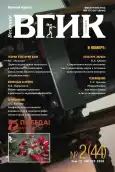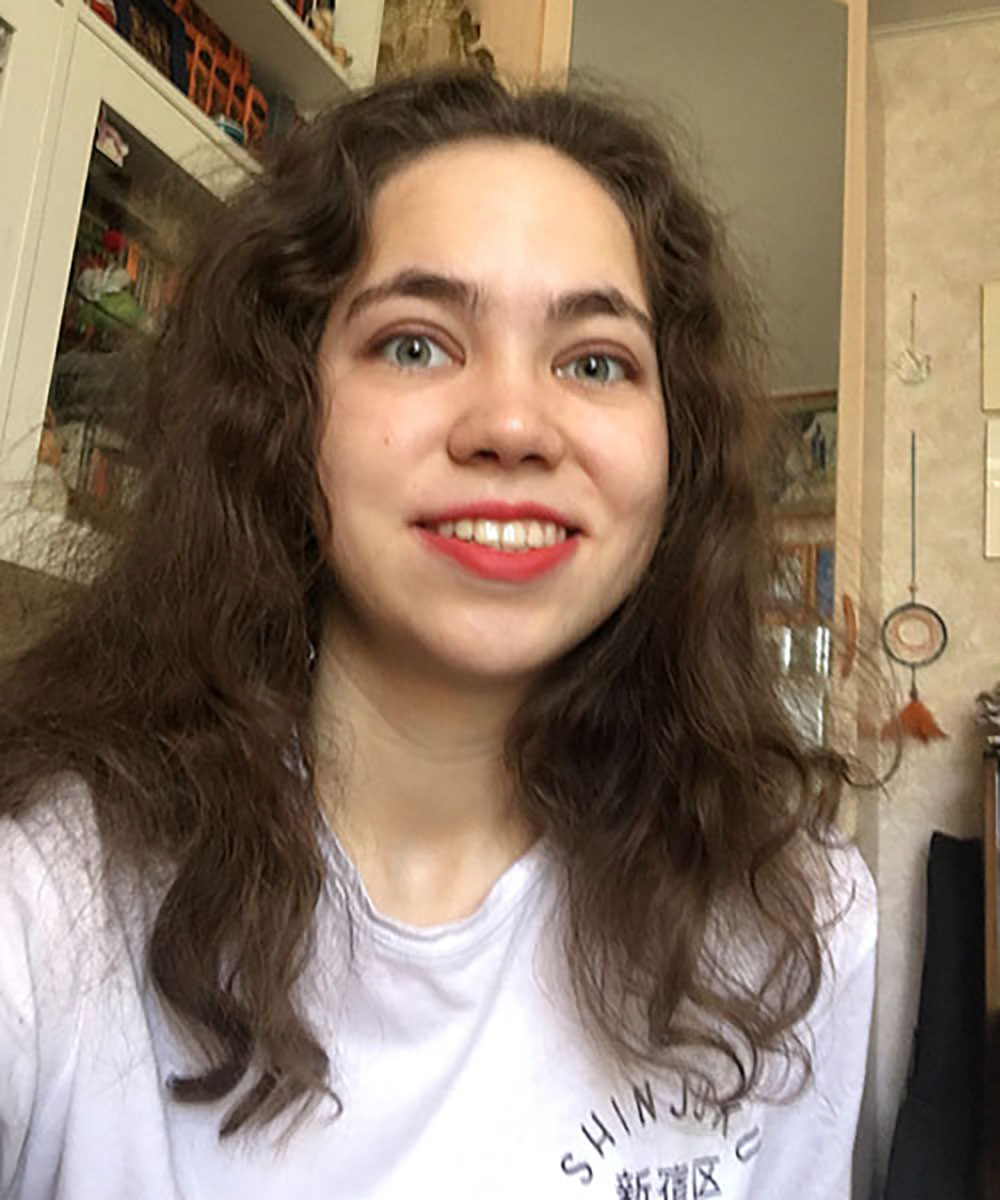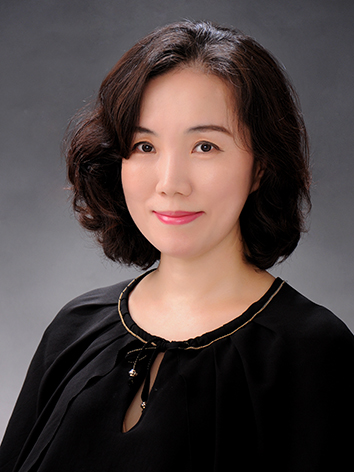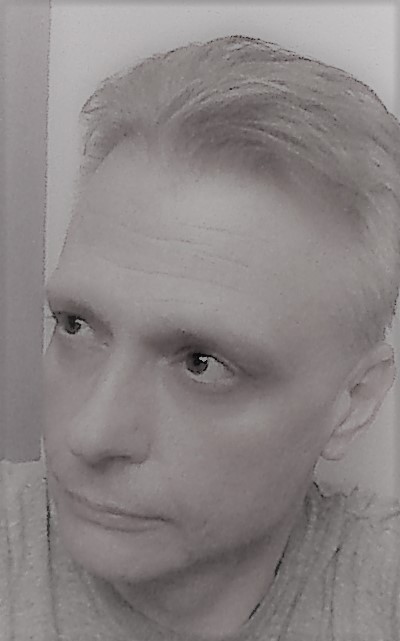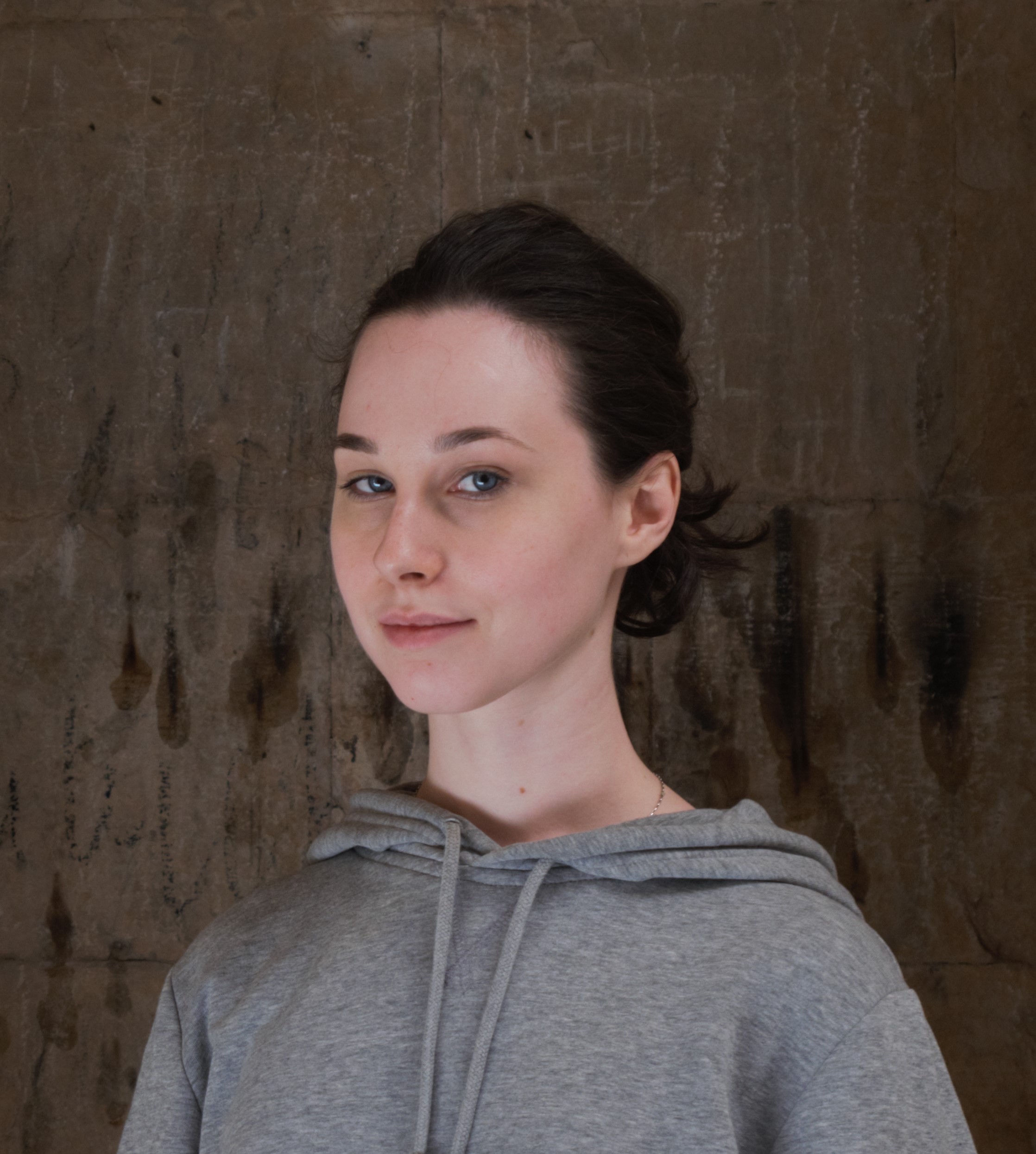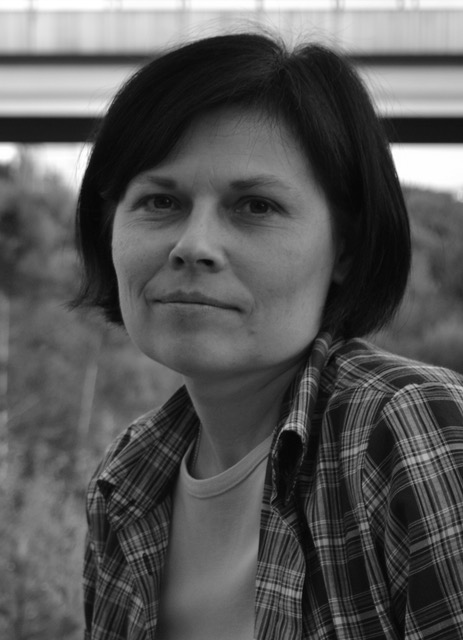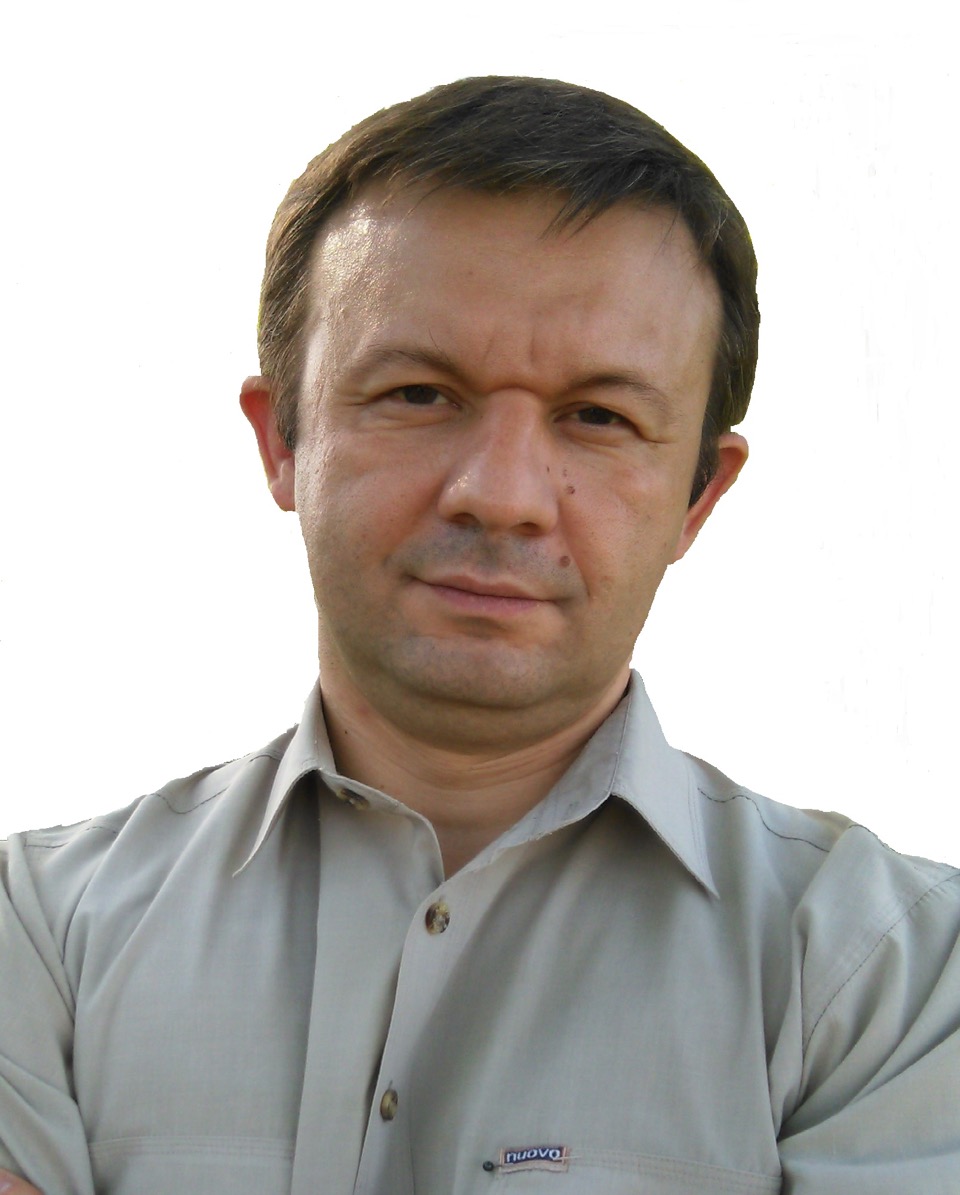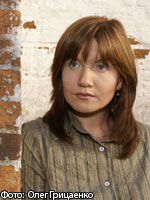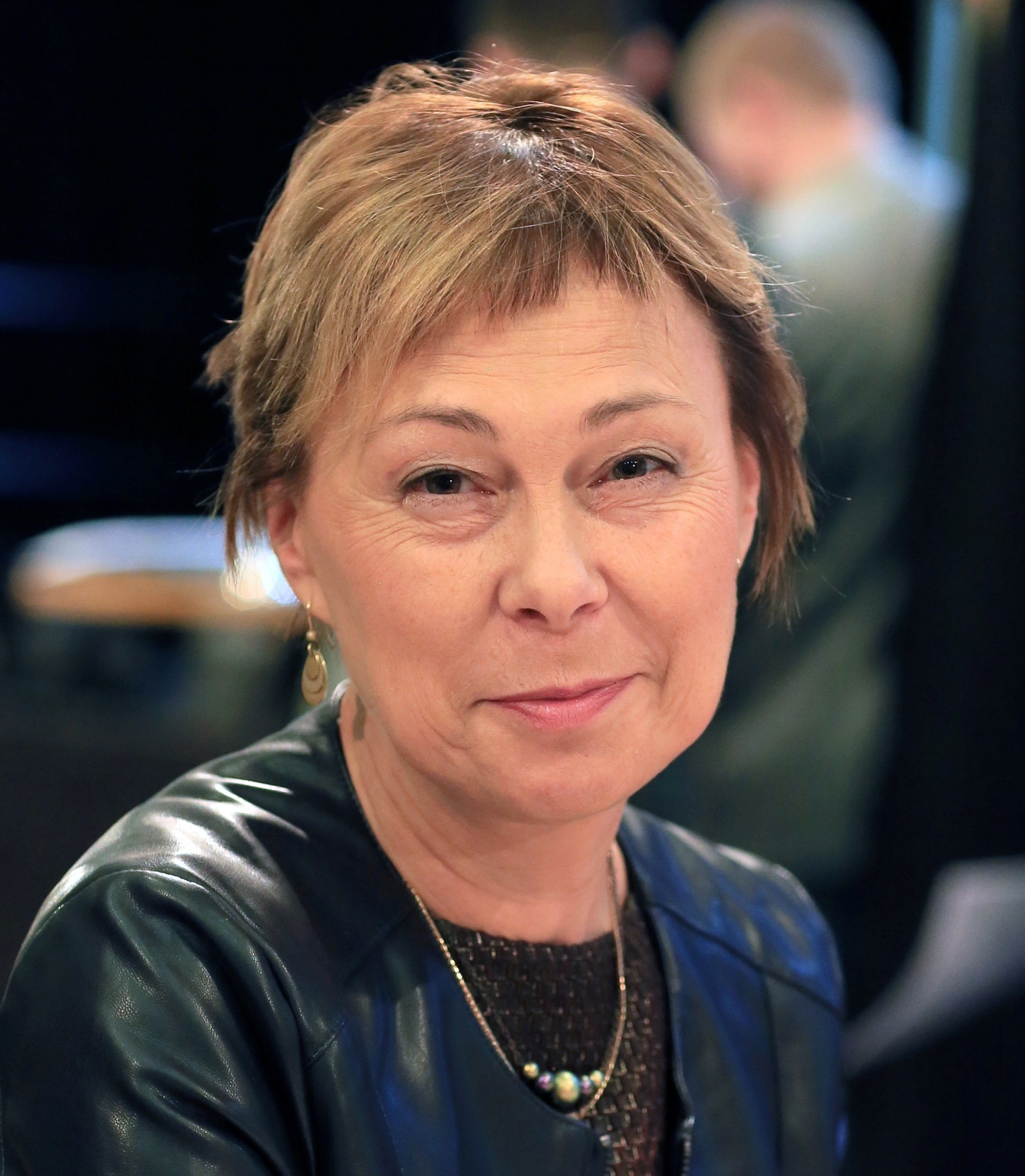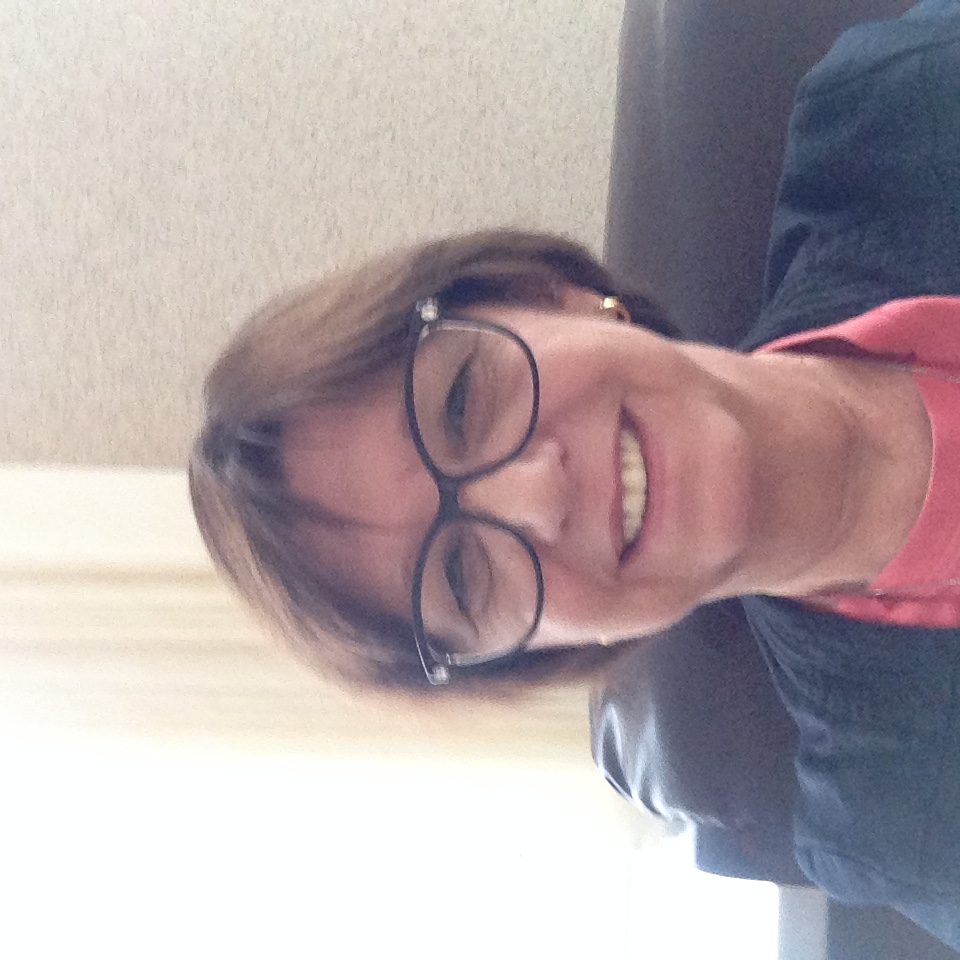Vol 12, No 2 (2020)
- Year: 2020
- Articles: 16
- URL: https://journals.eco-vector.com/2074-0832/issue/view/1161
- DOI: https://doi.org/10.17816/VGIK122
Full Issue
ХРОНИКА В ДЕТАЛЯХ | 75-ЛЕТИЕ ПОБЕДЫ
 6
6


THEORY AND HISTORY OF CINEMA | AUDIOVISUAL ARTS
To Give Hope or To Succumb to Depression? Understanding of Life in Contemporary Russian Cinema
Abstract
From its very beginnings, cinema has demonstrated its life-affirming essence. Many films produced during the first decades of cinema carried optimistic motifs: for instance, Hollywood made a significant contribution to society’s coming out of the Great Depression. A similar phenomenon characterized the Soviet cinema of the 1930s. The best Soviet films of that period were filled with optimism and the pathos of heroism. In the 1950s and 1960s, life-affirming films also dominated the Soviet cinema of the Thaw.
This trend began to change cardinally in the 1980s. Perestroika revised many of the Soviet ideals and moral norms, and this led to the dissemination of socially critical, “revelatory” and, eventually, depressive films. This trend became so influential that it continued in the Russian cinema of the 1990s and the 21st century.
A film can be characterized as depressive when it contains such motifs as disbelief in the possibility of success and in human values, feeling of the hostility of the social environment, etc. Even a brief analysis of the Russian films made in 2017–2019 allows one to the conclusion that the above-mentioned characteristics of “depressive cinema” can be found in almost half of these films.
Just as other artworks, films express depressive motifs through a system of aesthetic elements — in the first place, via the image of the protagonist. The Soviet cinema of the 1930s favored socially responsible and life-loving persons of action. Fifty years later, the cinema of Perestroika accentuated characters who were disappointed in life and disregarded common goals and legitimate social structures. In the 21st century, Russian film protagonists have continued to instill depressive emotions in the viewers’ minds: even decent, socially responsible characters have depressive characteristics. It should be noted that international film festivals tend to select those Russian films which show Russian life in a negative light. This attitude stimulates Russian filmmakers — especially young ones — to produce depressive works which ignore lifeaffirming, humanist protagonists and plots.
True, contemporary Russian life is full of problems and worries. To insist that Russian cinema should be uncritical or contented would certainly be illogical and harmful. However, it is important that depressive motifs do not dominate, that they do not destroy the viewers’ positive ideals. Filmmakers – and cinema in general — should aspire to show that there is hope even in the most complex and problemridden life situations.
 8-21
8-21


The Image and Sound of War in the Films “The Ascent” and “Come and See”
Abstract
Two films by the well-known cinematic couple Larisa Shepitko and Elem Klimov are analyzed. Both “The Ascent” and “Come and See” are screen versions of literary works. Though the war-time stories are different they have certain similarities at the plot level: the settings are the occupied territory of Belarus, the time is 1942–1943, the main characters are partisans. Nevertheless each of them displays specific visual aesthetics and a tremendous amount of work with sound. After all, the audio design of the film is one of the most important and interesting objects of study, since joint efforts of sound engineers and composers create a genuine and unique world of the movie. No sound is random, because it is part of a certain system which determines the structure of the film, for example, attention to the environment often creates a sense of the reality of screen space.
Only by analyzing the audio component can one fully understand the director’s idea, the dramatic structure and semantic accents in the films, the way a musical or noise score can add a new layer of meanings to the imagery. The soundtracks of the films about the Great Patriotic War “The Ascent” (1976) by L.Shepitko and “Come and See” (1985) by E.Klimov reflect two approaches to the sound design of war movies: music as a reflection of a visual image which is then revealed in a new way, and music as a word-for-word translation, an illustration that ascribes a certain state to the image. Thus, composers Alfred Schnitke and Oleg Yanchenko, following dissimilar paths, create unique sound canvases which use different techniques of musical expressiveness and reflect the era in which the movies were shot.
 22-35
22-35


READING-ROOM | BOOK SHELF
Библиотека ВГИК
 36
36


FILM LANGUAGE AND TIME | IMAGE GENESIS
A Study of the Film ‘‘Andrei Rublyov’’: from the Perspective of Neoplatonism and Ideology of Dionysius the Areopagite
Abstract
The purpose of this study is to reveal elements of Neoplatonism and the ideology of Dionysius the Areopagite in the structure of the film “Andrei Rublyov” by Andrei Tarkovsky. Dionysius the Areopagite is known as a Syrian Christianity spokesman, an ascetic who authored literary works in the Neoplatonic atmosphere at the end of the 5th century. The metaphysical principles of Neoplatonic philosophy postulate the ideas of the “One,” “Intellect,” and “Soul” that are based on the ideology of Plotinus. The “One” in Neoplatonic philosophy is a transcendental and limitless being, the source of all creation and the first principle. “Intellect” is the divine mind first emanated from the “One,” and the “Soul” is emanated from the “Intellect”. And lastly, the lowest substance of the being is produced. The first evidence that is presented in the film in the introductory scene, when a farmer flying across the sky in a hot-air balloon crashes down to earth along with the balloon. By recreating an era when the hot-air balloon wasn’t even invented and through the image of the crash, the director introduces an image that corresponds to the “emanation” in the ideology of Dionysius the Areopagite, who said “In the creationism of Neoplatonism, all creation is emanated from the One, and this emanation is a type of corruption and imperfection”. The opening scene of crashing and collapse down to earth symbolizes the escape from the monastery to the world and from the world of ideas to the world of reality.
The wandering of Andrei Rublyov shown in the latter parts of the film can be viewed as an analogy to the period of “purification” that is presented in the philosophy of Dionysius the Areopagite. In the film the three phases of advancing toward divinity begin with “self-purification” then “illumination” and finally the “union” of becoming one with the ultimate existence. The director shows Rublyov achieving top artistic heights through suffering, pain, and artistic skepticism. In particular, the representative episode that demonstrates the divine equivalence is the one where Rublyov is gazing at the boy Boris who is making a bell on behalf of his dead father. Here, Andrei Tarkovsky uses the boy who inspires national spirit through casting a bell to foreshadow Andrei’s victory over his own fears and ignorance based on faith and strength.
 38-49
38-49


Reconstruction of the Past in the Reality of Screen Imagery
Abstract
The article deals with issues related to the reconstruction of the past events in the artistic space of the film. Based on the analysis of the film language in the movie “Night porter” (directed by L.Cavani), the stages of the formation of artistic imagery of the film through the recreation of the past epoch are traced. Based on the research, the authors identify mechanisms for implementing the existing principles of forming an idea of the basic model that creates the present in the imagination and consciousness of viewers.
The specific character of cinema allows one not to merely observe unfolding events in a detached way, but to get into the very essence of what is happening, becoming an active participant, so it is legitimate to speak about a new experience acquired by the audience.
The system of values, and especially the process of its transformation, has always been and will always be of genuine interest to artists, since this is the basis, one might even say, the root cause of transactions existing in society that directly shape its spiritual and moral state.
The paper confirms the thesis that the life experience acquired by the viewer through penetration into the consciousness of the artistic imagery of the film, affects the decision making.
 50-60
50-60


PERFORMANCE | ART OF PRESENTATION
Grotesque as a Formative Method in the Drama of a Feature Film
Abstract
The article studies the phenomenon of the grotesque in the drama of a feature film as a formative element of the plot, conflict and twists in storylines. The text is divided into two blocks. The first block, where the diversification of the device is considered, analyses the difference between the grotesque and artistic tropes that provide a quantitative metamorphosis of the object or its complete formation in the proposed conditions, such as: metaphor, allegory, hyperbole and litotes. The example of Tim Burton's film “Beetlejuice” (1988) shows the dynamics of the use of the grotesque device, which allows for the play with plastic and meaning-forming modes, thus causing qualitative changes in the conflict through semantic inversion. The second section concentrates of the mechanics of the grotesque, which influence the emotional atmosphere of the film, focusing on the genres where the technique in question is used most often, and the formation of emotional components. Two films — “It” (2017) and “It-2” (2019) directed by Andres Musketti are analyzed, in which laughter is combined with frightening elements, escalating the conflict and emphasizing the grotesque ambivalence of the plot in the horror movies. This genre clearly demonstrates the “gluing” of semantic fields which ensure the diversity of plots and physicality, visuals and palpable forms. Thus, the technique in question allows to create a genre universe of horror films through a combination of the incongruous – the creepy and the comic.
The article, which can benefit practicing screenwriters and art theorists, is based on the scientific heritage of M.M.Bakhtin, Y.V.Mann, Ben Woodard, M.V.Yampolsky, and S.E.Yurkov. It proves the existence of the subject of research, the grotesque, as a full-fledged formative method that qualitatively transforms the object of scientific research — the cinematic image — generated by the conflict created by the playwright. Thus, the mechanisms of the grotesque determine the genre and emotional specifics of the film, and the way the recipient perceives it.
 52-72
52-72


Conflict of Artificial and Living Body in Cinema the Theme of Fear and its Overcoming
Abstract
The article discusses the conflict between a human and an artificial anthropomorphic object, which is based on the theme of fear. First of all, the article analyzes the causes of fear resulting from the interaction with an anthropomorphic machine, including the phenomenon of the “valley of death”, first described by Japanese robotics engineer M.Mori, and specifies the features of this phenomenon in cinema. The author compares the justified use of the “sinister valley” effect from the point of view of structuring the plot (“Humans” series) and the unsuccessful experience (“The Polar Express”, “Beowulf ”).
Next the article studies the basic and the original strategies in plot construction in modern cinema, which are determined by the “man-machine” or “man-artificial body” conflict. Primarily the article investigates the causes of plot predictability in a number of film works, where the fear is the main theme (“Frankenstein”, “Westworld”). Considerable attention is given to the analysis of films where attempts are made to overcome fear thanks to a more complex and multifaceted plot structure, including the bodily transformation of an artificial body and attempts to bring it closer to the human creator. Various scripts of humanization are considered: a magical body that has acquired the human form with the aid of magic (“Alraune”), a technogenic digital body (“Bicentennial man”), a human body with mechanical elements (“RoboCop, “Hardcore”). The proposed conclusion is that the elimination of the fear of the machine is a necessity dictated by modern reality and that cinema offers its own original ways of solving this problem.
 73-83
73-83


Vlog: Literary Tradition and Political Strategies
Abstract
Modern media are constantly changing and consist of a wide range of forms, genres, types. Successful verbal formulas, compositional findings are quickly adopted, become stereotyped, then forgotten and reinvented at a new level. The media convergence processes have accelerated the mutual exchange of innovations between printed and audiovisual media. In the information space, everyone is competing with everyone: traditional media holdings and private accounts in social networks, on-air TV, radio, and YouTube videos and podcasters.
Media replicate innovations, which in a broad historical perspective are the reincarnation of traditional art forms. The analysis of modern trends in mass culture reveals various elements in the new media that were characteristic of the literary process of the past. It can be genre features, and artistic techniques. The authors of vlogs rely on well-known formats for presenting information. At the same time, they rely on some cultural codes that have been known for centuries. Numerous video blogs provide valuable material for the analysis of many media processes.
The notion of mediatization must be taken into account in order to understand the vlog and the creative features of its creation. In this case, we should talk about the mediatization of a person’s spiritual experience. This process is aimed at the personality-level transformation of both the author of the video blog and its audience. The concept of “culture of complicity” of H.Jenkins allows us to consider the vlog as an active co-authoring by numerous communication participants in the creation of content.
The literary tradition of personal correspondence, memoirs, and a personal diaries has created a cultural code, the basis for constructing works of video bloggers. Creating their media pronouncements, they demonstrate, sincerity, closeness to the audience, and repeatability rethought at a new technological stage. The genres of personal diary desacralized in the modern media space attract the audience by violating previous cultural prohibitions. Memoir narrative offers a reliable look at events already known to the viewer. The cyclic tradition of the diary holds the audience, brings the viewer back to watching new videos and shapes the rhythm of new media in the long term. The elements of confession make an audiovisual work as convincing as possible. All these laws of genre forms are actively exploited by the creators of political content, which in some cases is a manipulative form of mass communication.
 84-94
84-94


SCREEN CULTURE | CULTURAL STUDIES. PHILOSOPHY
Modern Art History As a Human Science in a Situation of Cultural Turn
Abstract
Intensive development of knowledge in the 20th century, including the emergence of new sciences and humanities, constantly creates a problematic situation in the sphere of art, shifting art’s designation to what in the philosophy of science is known as “normal science”. This is associated with the idea of art as a science that has reached a stage of maturity and consistency and, therefore, complies with its norms. The concept of art as “normal science” is characterized by a certain degree of conservatism, as it presupposes art’s selfprotection against deviations from the established methodology.
However, sometimes the artistic processes of modernity require different approaches. In addition, the emergence of new humanities shifts the already established methodology of art. This happened in the first decades of the 20th century, in the era of a linguistic turn in the humanities, indicating the invasion of natural sciences in the humanities; and this is happening today, at the turn of the 21st century, in a situation of a cultural turn, the emergence and intensive development of the science of culture. The current turn requires a deeper understanding of the structure and components of art history, i.e., its sub-disciplines: art history, art theory and art criticism.
The essay argues that in the situation of cultural turn the theory of art can carry out functions which the other two sub-disciplines cannot. It propounds that art theory is able to make a decisive contribution to the elucidation of two problems: the relationship between art and cultural studies and the problem of historical time, which is important both for contemporary art and for art history.
 96-108
96-108


WORLD CINEMA | ANALYSIS
A Cultural Modification of Ibsen's Play “A Doll's House” for Iranian Screen
Abstract
Dariush Mehrjui is the key figure in the first New Wave of Iranian cinema, but he is also among those few who repeatedly undertake a very untypical for Iranian cinema endeavor — adapting Western literature for the screen within the framework of Islamic fundamentalist aesthetics. Cultural sensitivity of official ideology makes ‘Iranization’ of the literary work compulsory. In contrast to his fellow film directors of the 1950s and 1960s, Mehrjui adopts a more comprehensive approach to his screen adaptations, in which the original plot unrills in an environment familiar to the viewer, with no ‘other cultureness’ to an Iranian eye. Modifications to the plot in accordance with culture and time specific elements allow the original idea to take on a new meaning in different sociocultural conditions. The article analyzes the film Sarah (1993), based on H.Ibsen’s play A Doll’s House (1879). The author emphasizes that the feminist movements in the West and in Iran differ in time, but are in essence about claiming and securing social rights for women. The film is set in fundamentalist Iran in the 1990s. Differences in time and settings inevitably change the personalities of the main characters Nora and Sarah. Mehrjui’s Sarah is completely devoid of ‘dollness’, hence, the overall atmosphere and the interiors have been domesticated to achieve a fertile setting for the intended goal. Despite those modifications, the message of the literary source remained unchanged and turned out to be relevant for post-revolutionary Iran. The main role in the film was played by Niki Karimi, the brightest star of Iranian cinema of the 1990s. Her chiseled profile, facial expressions, gestures and female intuition helped Mehrjui create a model female character that is still popular in Iranian cinema today.
 110-121
110-121


Palestine in Foreign Cinema
Abstract
In the world cinema the Palestinian-Israeli conflict was reflected in a wide variety of stories and subjected to diametrically opposite assessments. The confrontation in the Middle East was presented and reflected upon in different genres: either in audience friendly mainstream ("Munich" by Steven Spielberg) or social minded author film (“Hanna K.” of Costa Gavras) as well as experimental oevre, expanding the possibilities of the film language and its impact (“Here and there” by J.-L.Godard). While the Palestinian cinematographers made movies supporting the resistance, foreign films were rather neutral, representing the outsider’s point of view with regard to the facts and details of the war conflict. However, there are some different positions regarding their treatment of this topic: a complete negative attitude towards Palestinians, based on stereotypes advantageous for one of the parties (i.e. Israeli’s official propaganda), or rather neutral and restrained position (“Munich” by S.Spielberg).
 122-130
122-130


TELEVISION | DIGITAL ENVIRONMENT
Visual Discourses of Social Policy in TV Practice
Abstract
The article presents the personification and visualization practice of social content discourses on the example of Russian Federation pension legislation reform TV coverage in 2018. Visual images are considered as the most effective semantic components of media messages. The personalization trend in modern television content contributes to the wide range of those who act as experts, and the specificity of social issues makes it possible also to use individual stories as arguments. The visualized experience illustrates the arguments in support of the reform, it creates a positive emotional background for the process of political discussions, and promotes appropriate patterns of social behavior.
The purpose of the study was: to trace in what visual images the pension reform was presented on Russian TV in 2018 and to determine the discursiveness of coverage in the process of adopting of amendments in the pension legislation of the Russian Federation.
Protection and necessity discourse is the main one, since it exists in the overwhelming majority of news stories, however, it is visually uninformative, is not associated with the content of the message, and is significant due to constantly presented status actors. The discourse is visually presented with by general and collective views, close-ups of opinion leaders, static, repeated, similar pictures.
The discourse of opportunities and prospects, being additional, appears in a small number of news stories, however it is personified, associated with the content, visually bears the main sense of messages.
The discourse is represented by reportage footage and dynamic views, diversity of images and pictures; there are individual stories and positive characters, heroes are at the workplace in the process of activity. They are all professional, enthusiastic, energetic, healthy, optimistic and promising, that is, able-bodied and ready to work. These characteristics corresponded to the theses that were used in the argument about the need to adopt amendments to the pension legislation.
 132-141
132-141


Mediatization as a Mode of Being in the Light of Self-Isolation
Abstract
Against the background of the negative trends caused by the COVID-19 pandemic and the self-isolation of citizens that had an impact on the socio-economic development of states, there has been an increase in the interest of different age groups of the population in testing digital technologies and modern media platforms. The article examines the changes that have occurred in the media market in 2020, substantiates the role of mediatization of society in everyday life.
The COVID-19 pandemic and the forced self-isolation of citizens of different countries adversely affected the socio-economic development of states that had to counter the rise in the coronavirus infection of the population, and had a cognitive impact on the consciousness of the individual, the behavioral code of society as a whole. The fear of possible death, the uncertainty of the situation, as well as the regime of self-isolation, which violates the principles of socialization, inevitably plunges the individual into a state of psychological shock. Based on the works of Erich Fromm “To be oneself” and “To have or to be”, the article examines the attitude of a person to the dichotomy “life-death”, which is a fundamental existential problem, substantiates the features of human psyche that give the individual strength for existential existence.
On the basis of the research carried out by Mediascope, the empirical part highlights the role of mass media and digital technologies, and reveals the social preferences of Russians when they turn their attention to television and Internet resources in the situation of self-isolation. It is concluded that during the period of self-isolation, the mediatization of Russian citizens increased significantly, but their preferences were focused on television news, documentary, sociopolitical and educational programs. When watching movies on TV, media users preferred to watch the on-screen production of online cinemas, the circulation of which increased during the pandemic. Thus, the crisis has formed a new reality that affects a person's consciousness and forces him to turn to the study of innovative technologies.
 142-151
142-151


SUMMARY | PRESENTATION OF AUTHORS
Summary
 152-157
152-157


RECOMMENDATIONS AUTHORS
Рекомендации авторам
 158-160
158-160










